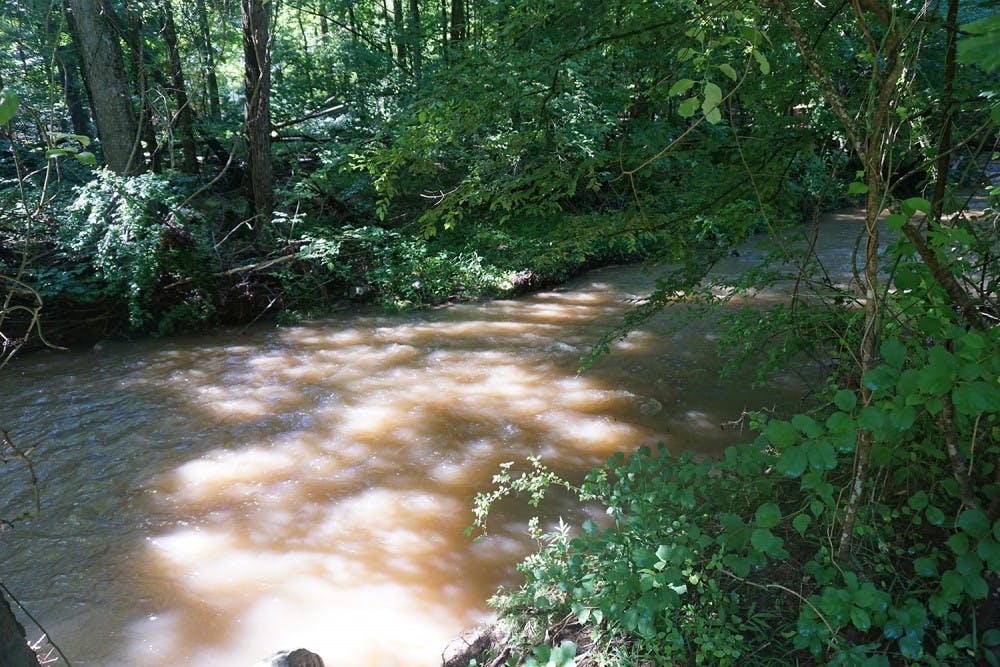Nicholas Torrey, attorney for the Southern Environmental Law Center, said the most recent round of testing has shown the coal ash dump poses a serious threat of contamination to Bolin Creek and the surrounding greenway.
“This is a pretty clear picture of something that actually needs to be cleaned up,” he said.
The town discovered the site, located at 828 Martin Luther King Jr. Blvd., in 2013. Officials immediately notified the North Carolina Department of Environmental Quality.
A 2014 analysis by Falcon Engineering, a private engineering firm tasked with evaluating the property for sale, indicated the presence of arsenic, 14 times the limit; chromium, 93 times the limit; and lead, more than 16 times the limit. Levels of barium, selenium and mercury also exceeded groundwater standards.
Falcon Engineering claimed the initial results as inaccurate, however, because the groundwater tested was too cloudy. Another round of testing in 2014, using filters to reduce turbidity in the groundwater samples, found levels of contaminants to be below the legal limits.
But the NCDEQ rejected these results, citing discrepancies in the procedures used by Falcon Engineering.
Torrey said it’s unclear whether Falcon Engineering used correct protocol during early rounds of site testing.
“The town has been on a learning curve about all of this,” he said.



